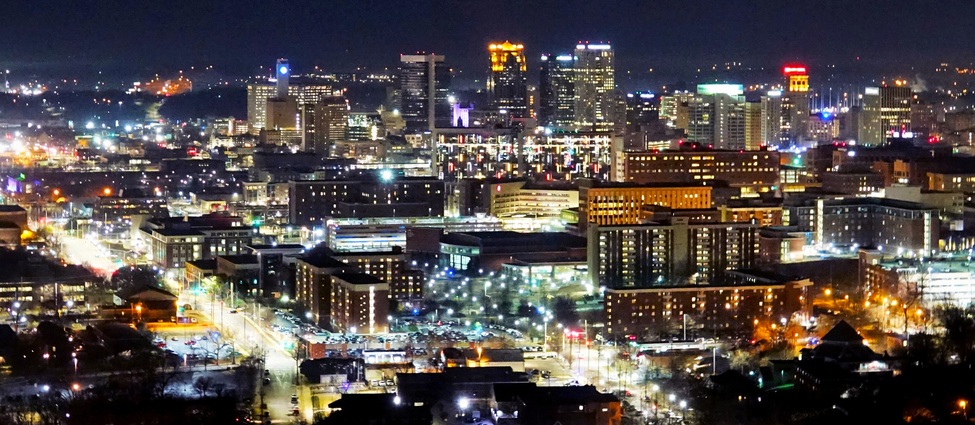


Sustainable Mobility Forum
Optimizing and Integrating Urban Mobility Networks
Urban public transport is most appealing to city residents when it is planned and operated as a seamless, integrated system. Today’s problems in urban mobility are often not due to the lack of an infrastructural basis. Most cities in the US possess a public transport network, but it often services only a few major corridors, in turn leaving entire districts and considerable portions of the population in a ‘mobility desert’. Additionally, multi-modal transport networks (e.g. heavy rail, streetcar, and bus lines) are often fragmented and under-serviced and therefore unpredictable and unreliable. Metro areas spanning multiple counties are often burdened by a patchwork of transit systems operating in isolation from one another. That is why one major challenge for US cities looking to cultivate a culture of public transport lies in the optimization and integration of their urban mobility networks.
What are the benefits of participating?
- Shape the discourse in your city – discuss the future of public transit with local stakeholders
- Help make your city a hub for economic growth & better quality of life
- Engage with international experts – discover how urban mobility is managed abroad
- Become part of a transatlantic exchange – learn about the follow-up delegation trip to Germany